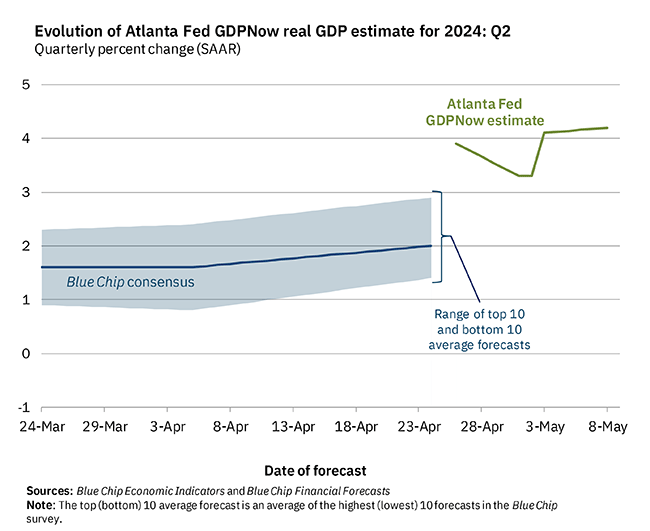
All eyes have been on the Federal Open Market Committee (FOMC) as the central bank's main policymaking body considers when to raise the federal funds rate for the first time since 2006. In its inaugural podcast, Economy Matters took listeners behind the scenes of the FOMC with Atlanta Fed President and CEO Dennis Lockhart to demystify the process leading up to the Committee's much-anticipated policy statement. With this story, we take you behind the scenes of what Lockhart does before the two-day meeting in Washington, DC.
The truth is the FOMC process never really stops, said Michael Bryan, vice president and senior economist in the Atlanta Fed's Research department. "It's more of a continuous process," he explained. During the roughly eight weeks between meetings, Bryan and other Atlanta Fed economists meet frequently with Lockhart to prepare him for the next policy deliberation. This dynamic process helps Lockhart assess current economic conditions, develop a baseline forecast for the economy, identify potential risks to the outlook, and determine the appropriate policy response to meet the Fed's dual objectives of price stability and maximum employment.
Measuring the pulse of the economy
The Atlanta Fed's research team keeps its finger on the pulse of the economy in part by monitoring a steady stream of economic and financial data. For instance, reports on the components of gross domestic product (GDP)—such as consumption, government spending, and business investment—provide important information about the pace of economic activity. (These same data inform GDPNow, the Atlanta Fed's "nowcasting" tool, which, like many of the Bank's publicly available resources, was originally created for policy purposes.) Lockhart and his team also monitor vital indicators on the U.S. labor market, wages, and inflation, and a team of financial economists and members of the Bank's Supervision and Regulation staff give updates on financial markets and banking conditions.
Together, these data help provide a sense of how the economy is performing, but rarely do they present a tidy economic narrative. Often there are gaps in the data, and sometimes they tell a conflicting story. And since most economic statistics are backward-looking, they don't tell economists much about what is happening now. That's where anecdotal information comes in.
The Atlanta Fed's research staff, led by the Regional Economic Information Network (REIN), spends a lot of time talking to business leaders in a wide range of sectors. For instance, southeastern retailers might share information about the pace of sales and whether they've had to hire or lay off workers, while a banking contact might note a change in the volume of loan applications.
This anecdotal information, combined with insights from the members of the Bank's boards of directors and advisory councils, as well as Lockhart's own conversations with business leaders in the region, help form a more complete narrative of how the economy is performing.
Forecasts change as reality unfolds
As Milton Friedman famously said, monetary policy works with "long and variable lags," meaning it takes some time for the FOMC's policy changes to take full effect. What this means is that monetary policy is necessarily forward looking. In preparation for the FOMC meetings, Atlanta Fed economists work with Lockhart to develop a baseline forecast for the economy. To do this, they rely on a combination of data, economic theory, models, and judgment. From this baseline scenario, the team carries out a process of "dynamic monitoring." Lockhart described the process in a speech several years ago, explaining that "the stream of incoming data [are] analyzed for implications for the assumptions underlying our forecast, which in turn is revised as required by the unfolding of reality—weekly, monthly, and quarterly."
At the same time, the team must consider whether there are risks on the horizon that could derail or undermine this baseline outlook. Indeed, the risk assessment can change quite a bit from briefing to briefing, Bryan noted.
These exercises culminate in two statements that Lockhart delivers during the meeting: one on economic conditions and the outlook and another on policy. (You can hear Lockhart discuss the go-rounds in the Economy Matters podcast.) Atlanta Fed economists also help prepare Lockhart's contribution to the Summary of Economic Projections, which is released quarterly along with the FOMC statement.

So now that you know what it takes to prepare for the FOMC, are you ready to play armchair economist? You can track the economy's progress with a host of tools on the Atlanta Fed's website—many of them, including GDPNow, the Labor Market Spider Chart, Inflation Dashboard, and the monthly wage growth tracker—that were devised by Atlanta Fed economists for policy purposes before they appeared on our website, and they're still part of the monetary policy process today.




